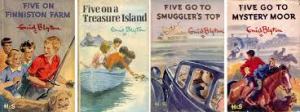Aileen Crossley’s debut picturebook, Henny is Stuck has just been published. To celebrate this I asked her some questions about her road to publication and her new book.
Aileen, tell us about your publication journey
It was a hard long road of learning from mistakes and finding out how picturebooks work along the way. I got great encouragement though from very generous folks, especially from Ivan O'Brien. I remember rocking up to his offices in 2014 with a dummy book and he was so very encouraging.
Setting deadlines for entering competitions helped. I was shortlisted for the Unpublished Picturebook Showcase last year and that was so encouraging. I knew then to keep going. I also won an Agility Award from the Arts council which was so encouraging. That gave me some space to work on Henny and the confidence that indeed she was bookstore worthy,
Do you have an agent?
I don't have an agent. I would love one. Anyone out there?!
I found my publisher Little Door Books by chance at the Scottish stall at Bologna Children’s Book Fair last March. I basically blagged my way (Irish style) into meeting with them due to my having lived and studied in Glasgow.
I also felt it was a little bit of home from home, and just wanted to have the chats with some friendly Scottish folks. Bologna is big and overwhelming at times for illustrators, and all the friendly faces you can find really help keep you going. We clicked straight away and the rest is history. A year later Henny is published.
What has surprised you about the publication journey?
How long it took and how competitive a space it is.
What advice would you give people who would like to write or illustrate a picturebook?
Get your story right first and play with leaving gaps in writing and image making for children to fill in. They are amazing meaning makers, better than adults, and they don't get enough credit for that.
I am currently writing and illustrating my second picturebook as part of my final master project for my masters in Illustration at Falmouth. Researching picturebooks, how they work, and how children read and learn is fascinating. I can feel this time I am avoiding all the mistakes I made previously, and due to my masters research and image creation development, it's making for a much richer writing experience.
Aileen, tell us about your book and how you wrote and illustrated it.
The idea of the book was inspired while studying illustration at Glasgow School of Art in 2011. Someone I once knew had a studio out the back of his house called The Blue Egg. I wondered about a character Blue Egg who was stuck in her shell, and slowly started to form a narrative around this character, her problem and how she might overcome it. After many iterations Blue Egg is now Henny is Stuck.
My lithography printmaking practice at The Black Church Print Studio in Temple Bar was key to finding my illustration style. I went to Bologna Childrens Book Fair last March, for the second time with Henny, where I met Little Door Books who offered me a publishing contract. Working with Alan and Susan was fantastic and they really helped craft the final copy and elevate the colours.
It was a long and winding road of a journey and I literally have a sack of dummybook iterations. Henny and I got in the end and the process has taught me everything about picturebook creation, resilience, feeling stuck, and finding yourself, just like Henny.
About Aileen
Aileen is an author/illustrator and an award-winning animator. Her illustration style combines her love of printmaking and lithography and retro style illustration.
She is the Winner of two IDI awards ( Best Short Animated Film and Emerging Designer Award) for her animated short ‘Wishing Well’ for Paul Hourican.
Her debut picture book, Henny is Stuck is available in all major bookstores from 13th March including Halfway up the Stairs in Greystones.

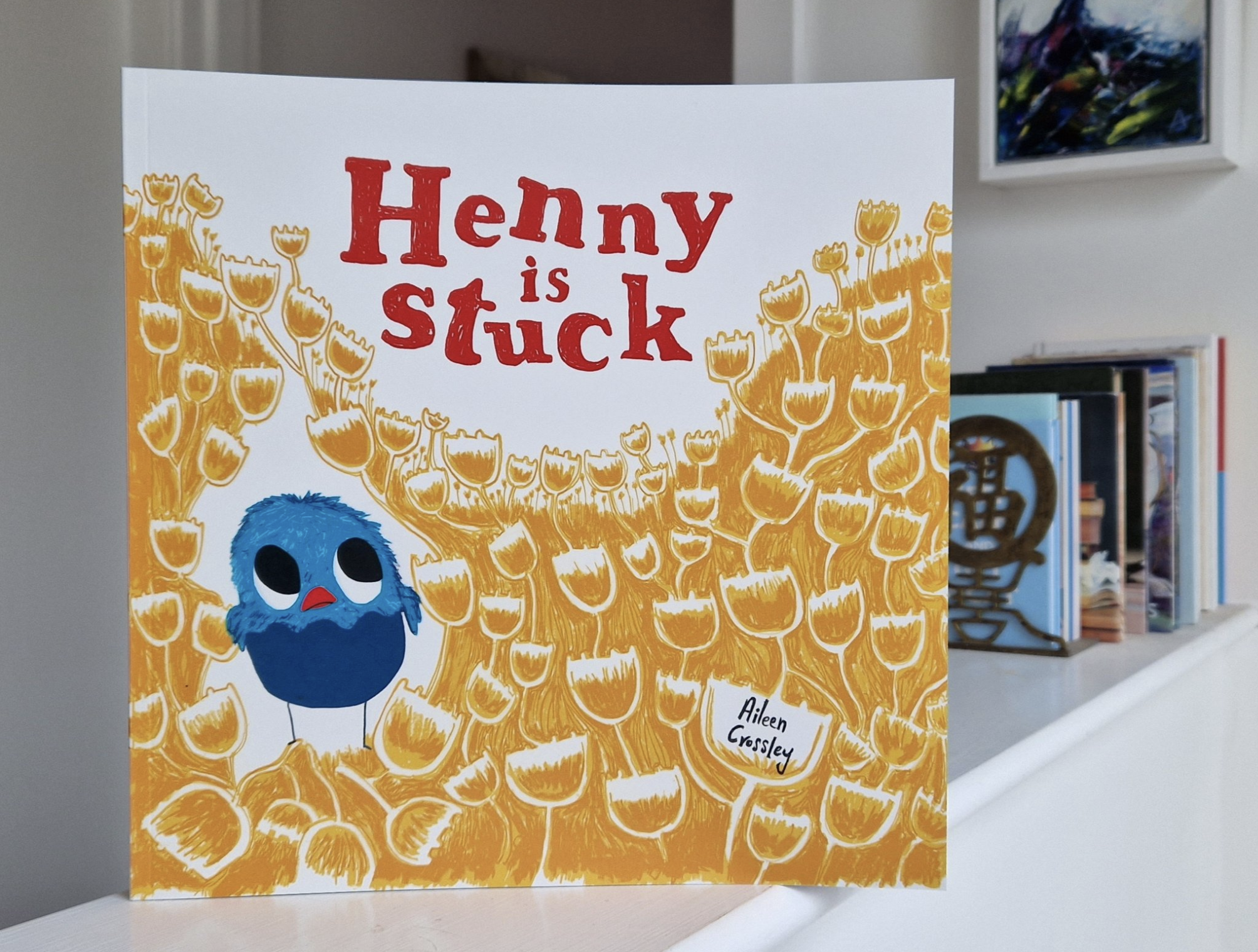


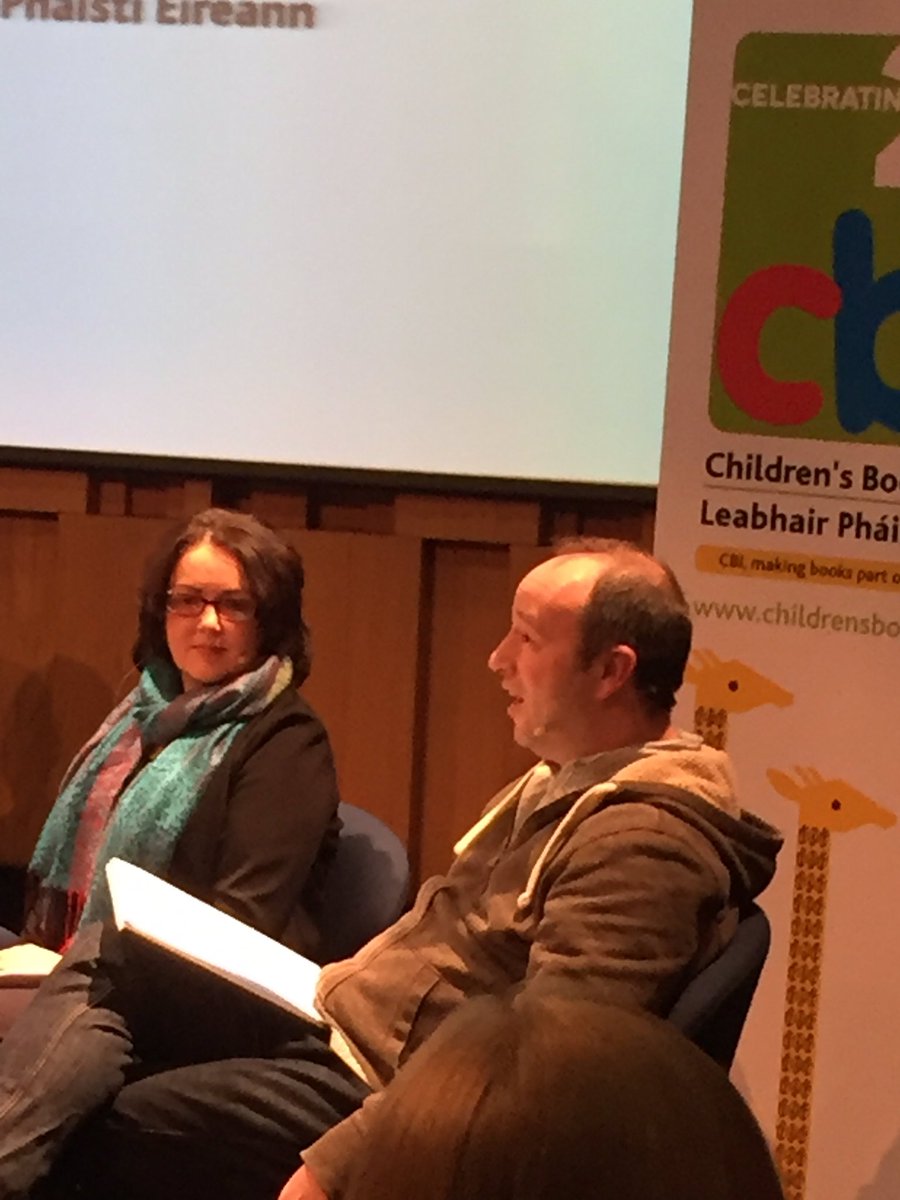


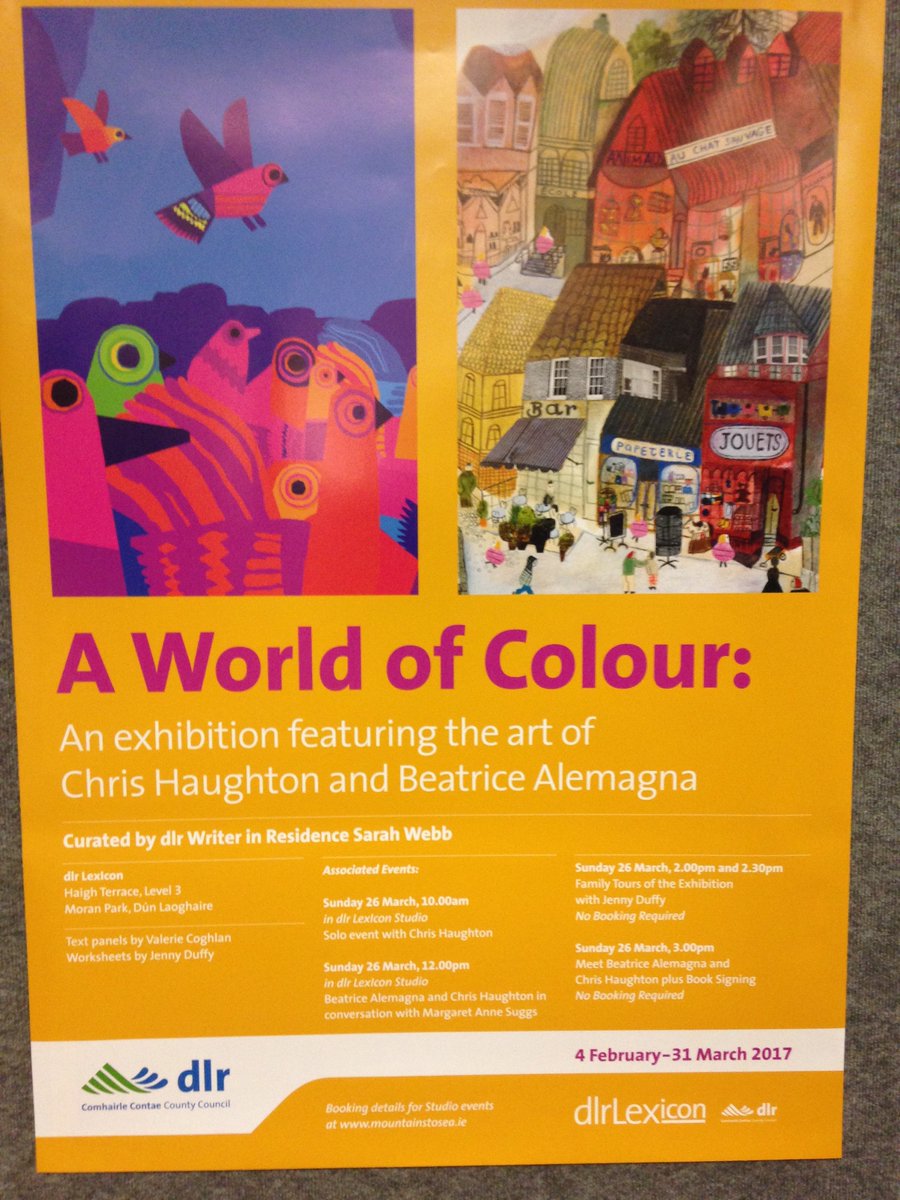










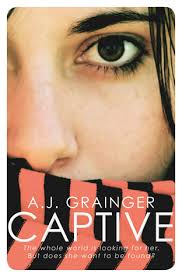




![IMG_4461[1]](https://images.squarespace-cdn.com/content/v1/58973315e4fcb5808a5b7d9e/1486377412374-N4FMM3IJPGA4FLHE08KP/img_44611-e1413837064268.jpg)
![IMG_4462[1]](https://images.squarespace-cdn.com/content/v1/58973315e4fcb5808a5b7d9e/1486377412203-07N7T8NBY0IYO743L4IH/img_44621-e1413837089589.jpg)
